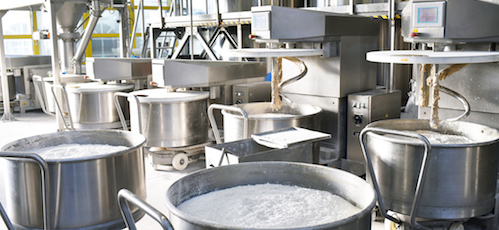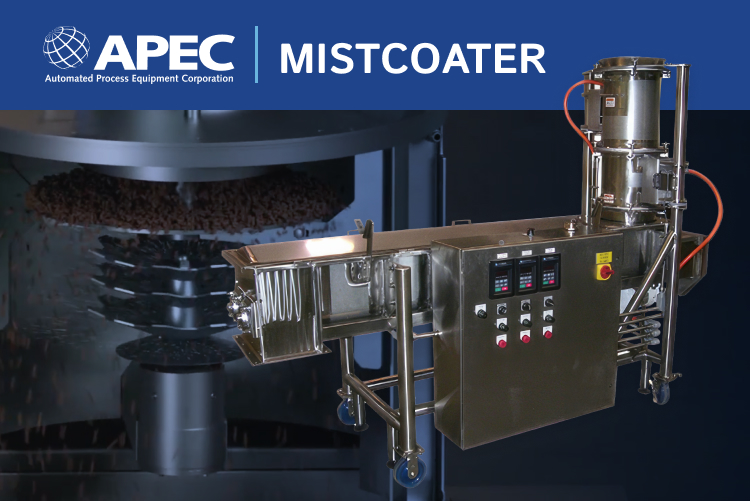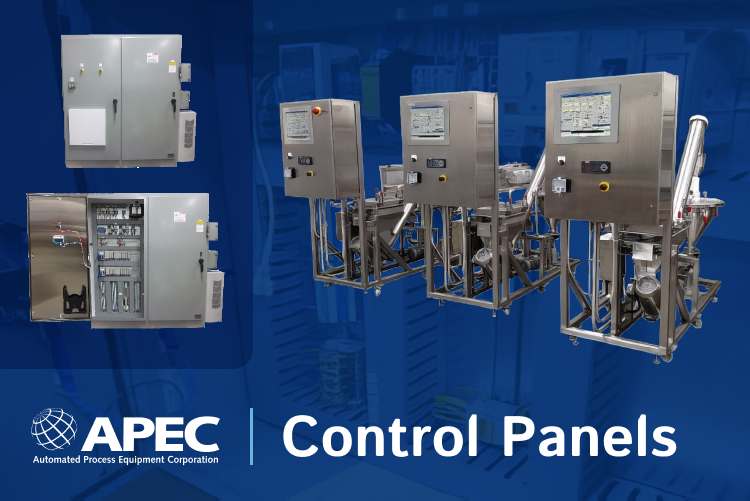
Food processing plays an essential role in creating the majority of foods for both animals and humans. Ensuring that this process is safe and well-controlled can help to prevent costly and potentially dangerous recalls. Mitigating and preventing recalls in food processing means utilizing good manufacturing practices, safety measures, cleanliness, and careful, repeated testing.
6 Ways to Mitigate and Prevent Recalls in Food Processing
1. Good Manufacturing Practices
The equipment used to process foods is one of the most common causes of recalls. Ensuring that food processing equipment is properly designed and inspected can help to dramatically reduce recalls and increase food safety. Good manufacturing practices include all of the following:
- Proper welding practices: There should be no spaces for bacteria hide and build up, nor any vulnerable areas that might crack or flake off. This includes proper sealing of all joints, screws and edges, as well as preventing metal burrs or sharps that might flake off and contaminate food.
- Suitable steel grade: When working with high heat, acids, oils, or abrasive ingredients, using a high-quality, thoroughly tested steel is the best way to prevent recalls in food processing due to metal fragments.
- Hermetic Sealing: Equipment with tiny, unsealed spaces are natural breeding grounds for pathogens. Hermetic sealing of devices like load cells ensures that bacteria don’t build up, and also extends the life of the equipment by preventing moisture from harming sensitive electronics.
2. Proper Cleaning
Thorough and well-designed cleaning procedures are the first line of defense against food-bourne illness pathogens. Taking time to create and implement a cleaning process that is both effective and easy to follow can help to mitigate and prevent food recalls due to bacteria. This is also an important part of creating a safe and effective HACCP plan. Consider the following when creating and implementing a cleaning program:
Clean in place vs disassembly: Some equipment can be cleaned more thoroughly and effectively using clean-in-place (CIP), while other equipment must be disassembled first. CIP can be ideal for cleaning and sanitizing processes working with liquids, while disassembly and individual cleaning is better suited for solids and powders.
Implementing the right cleaning method is also essential for sanitation. Detergents and cleaning solutions should be strong enough to sanitize the equipment. These can only work if stuck-on oil or other materials are removed first, so scrubbing should be a part of the cleaning process. Finally, the process should be tested to be sure it is effective; if too much bacteria remains after cleaning, the process should be reassessed.
3. Cooking and Freezing
These two processes can easily go awry, and monitoring them closely can mitigate and prevent recalls in food processing due to foodborne illness. Keep in mind that products with high fat or oil content can create pockets of bacteria that resist the cooking process. Both the freezing process and the cooking process should consistently reach the proper temperature for the proper time period. Safeguards should be in place to alert staff if the cooking or freezing temperatures are outside of allowable limits.
4. Proper Storage
Both ingredients and finished products, as well as cleaning solutions, must be stored properly. Improper storage can easily undo all of the other precautions carefully put in place. For storage procedures, keep the following in mind:
- FIFO: Ingredients should be stored to easily enable first-in-first-out use.
- Temperature control: Perishable ingredients or finished products should be stored at the correct temperature at all points during storage and shipping (see point above).
- Separate cleaning solutions: Cleaning solutions, as well as any pest-control products, should be stored separately from ingredients or finished products.
5. Consistent Testing and Verification
Food safety procedures are only effective when they work and when they are followed. Regular inspections and testing can show if these procedures are actually being followed and, if they’re working.
Testing can show if procedures are not being followed, or if they are not working. However, it is also important to find the root of the problem; why the procedure isn’t working or isn’t being followed. Employees might not understand the reason for each step, or a particular procedure might have obstacles, such as faulty equipment or limited time constraints. When employees understand the reason for each procedure and its importance to food safety, it’s more likely to be completed. Similarly, be sure employees have the time and equipment they need to complete a procedure.
6. Lot Traceability
Completely preventing recalls in a high-volume food processing situation is not feasible, but accurate lot tracing can help to mitigate the effects of a recall. Effective lot tracing is essential to consumer safety, and also FSMA regulations. Being unable to trace ingredients and products through processing and shipping can result in uncontrolled illness as well as fines and liability.
An electronic lot tracking system synced with an automated ingredient system is the best way to maintain lot traceability across the supply chain. Just as with your cleaning or food processing safeguards, it is important to verify that this system works. Perform inspections and mock recalls at regular intervals to ensure that tracking is accurate and a product could be effectively recalled using the system in place.
High-quality design, reliable systems and regular verification are the keys to mitigating and preventing recalls in food processing. Ensuring that your food processing, cleaning and recall procedures are effective—and continue to be effective—will help to prevent a recall, and reduce the overall impact if the need arises.







